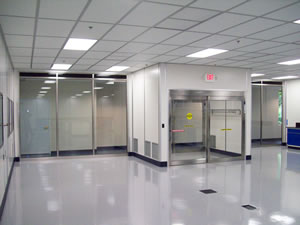class 100 clean room iso equivalent
This near-100 coverage provides a laminar flow of filtered air to quickly remove contaminants from the room thus meeting FS209E standards for Class 10 and ISO Class 1 standards. Class 100s ISO standard equivalent is ISO 5.
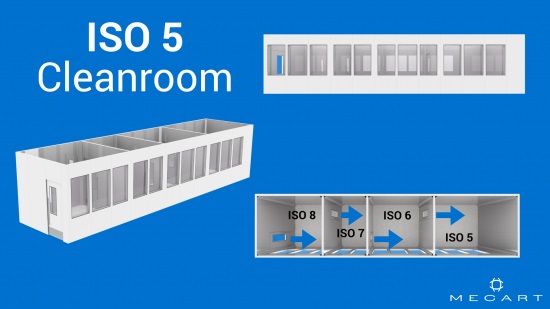
Clean Room Classifications Iso 8 Iso 7 Iso 6 Iso 5 Mecart
A cleanroom must have less than 3520 particles 05 micron per cubic meter and 250-300 HEPA filtered air changes per hour.

. Such coverage especially in a large cleanroom can lead to higher energy consumption thus increasing costs for both initial construction and ongoing operation. Class 1000 cleanroom filtration system must provide filter coverage of 20-30 and a minimum of. The particles range in size from 1 -5 microns µm.
The airborne cleanliness classes in clean rooms and zones name their classes after the maximum number of particles allowed in the rooms at one time. A class 10000 cleanroom also known as ISO 7 permits no more than 352000 particles of 05 micrometers or more per cubic meter. Clean Room Classifications Iso Standards Quotes 48 Hours.
ISO 8 Cleanroom Particle Specifications. The equivalent fed standard is class 100 or 100 particles per cubic foot. Linear flow hepa filter etc.
Maximum allowable concentrations particlesm3 for particles equal to and greater than the considered sizes shown below. The Federal Standard 209 FS 209E equivalent for these ISO classes are Class 10000 and Class 100 000. Once the room is completed most specifications call for testing and certification.
Common applications are semiconductor manufacturing and pharmaceutical filling rooms. Class 100 Cleanrooms ISO Class 5 Cleaning Basics Minimum Apparel Recommendations ISO 5 Class. Class 100 clean rooms are the third highest classification in Federal Standard 209 standards.
At rest the Grade B cleanroom needs to meet a maximum of 3520 particles 05 μm per cubic foot. This near-100 coverage provides a laminar flow of filtered air to quickly remove contaminants from the room thus meeting FS209E standards for Class 10 and ISO Class 1 standards. For that reason there is no such thing as zero particle concentration.
However class will greatly impact design considerations such as filtration HVAC requirements and other design elements. In operation the number of permitted airborne particles increases to 352000 05 μm for each cubic foot of air. A cleanroom or clean room is a controlled environment.
The other criterion for a cleanroom is the number of air changes per hour. Because 1 m³ is approximately 35 ft³ the two standards are mostly equivalent when measuring 05 µm particles although the testing standards differ. EU GMP Grade C is approximately equivalent to ISO Class 7.
Class 100 clean room iso equivalent Friday January 7 2022 Edit. In order to meet regulations a Class 100 standard clean room must never exceed 100 particles per cubic foot the particles being 05 microns or larger. Ordinary room air is approximately class 1000000 or ISO 9.
EU GMP Grade D is approximately equivalent to ISO Class 8. Such coverage especially in a large cleanroom can lead to higher energy consumption thus increasing costs for both initial construction and ongoing operation. Ordinary room air is approximately class 1000000 or ISO 9.
The ISO 5 is a super clean cleanroom classification. The latter to cleanrooms where biocontamination may be an issue. Even if its classified as the dirtiest class the ISO 9 clean room environment is cleaner than a regular room.
A properly designed clean room must have a high rate of air changes to scrub the room of particulates. The equivalent FED standard is class 100 or 100 particles per cubic foot. A properly designed clean room must have a high rate of air changes to scrub the room of particulates.
ISO 8 clean rooms do not require certain particle sizes to be tested either because concentration levels are too high or low to be tested but it cannot be zero. Class 100 Clean Rooms Industry Information Class 100 Clean Rooms. So for example an ISO class 5 cleanroom has at most 105 100000 particles per m³.
B The guidance given for the maximum permitted number of particles in the at rest condition corresponds approximately to the US Federal Standard 209E and the ISO classifications as follows. If you are ready to start a cleanroom project with us ISO or GMP get in touch. A Class 5 room can have an air change rate of 400 to 600 times per hour while a class 7 room can change at 50 to 60 changes per hour.
ISO 14644-12015 Cleanroom Classification. The concentration of particles that are 05 µm should be below 3520000. Class 100 follows classes 1 and 10 which are used in production labs for electronic integrated circuits.
Ordinary room air is around class 1000000 or ISO 9. For more information on the particulate concentration limits we have a table that breaks it down on our cleanroom classifications page. Class 100 clean room iso equivalent.
Sampling locations sample volume etc. Grades A and B correspond with class 100 M 35 ISO 5. The most common ISO clean room classes are ISO 7 and ISO 8.
Class FED 3STD 209E Equivalent Maximum concentration limits particlesm of air. An ISO 6 clean room Class 1000 cleanroom is a soft- or hard-sided wall manufactured structure that utilizes HEPA filtration systems to maintain air cleanliness levels of a maximum of 1000 particles 05 µm per cubic meter of inside air. Grade C with class 10000 M 55 ISO 7 and grade D with class 100000 M 65 ISO 8.
The class defines a minimum cleanliness level not a specific design. The former applies to clean rooms in general see table below. A cleanroom exchanges the air for filtered outside air between 60 and 750 times per hour.
ISO 14644-1 and ISO 14698 are non-governmental standards developed by the International Organization for Standardization ISO. ISO 14644-1 and ISO 14698. I do perform some work on what i think is a iso class 7 or less.
Cleanroom Standards Iso Classes Cleanroom Class Ratings Class 100 Clean Room Manufacturers Suppliers Understanding Cleanrooms Particle Count Hutchins Hutchins. Both FS 209E and ISO 14644-1 assume log-log relationships between particle size and particle concentration. This table details the air cleanliness class by particle concentration.
The Grade B cleanroom in operation is equivalent to an ISO 7 environment while at rest it corresponds to an ISO 5 cleanroom. ISO 14644-1 and older standard FS 209E determine class by the concentration levels of particles. For ISO Class 8 particles smaller than 05 µm arent considered.

What Is A Cleanroom Cleanroom Classifications Class 1 10 100 1 000 10 000 100 000 Iso Standard 14644 Cleanroom Definition

Clean Room Classifications Iso Standards Quotes 48 Hours
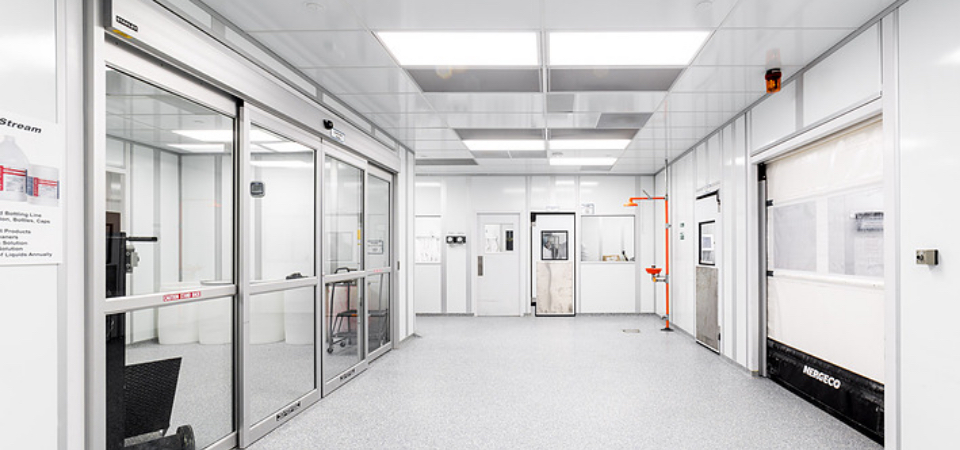
Portafab What Is A Clean Room Cleanroom Design Classification
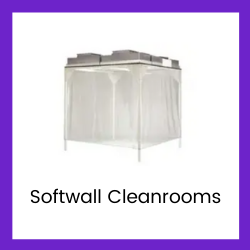
Fed Std 209e Class 100 Cleanrooms Iso Class 5 Clean Rooms
Classifications Of Clean Rooms Around Lab News En

Understanding Cleanrooms Particle Count Hutchins Hutchins
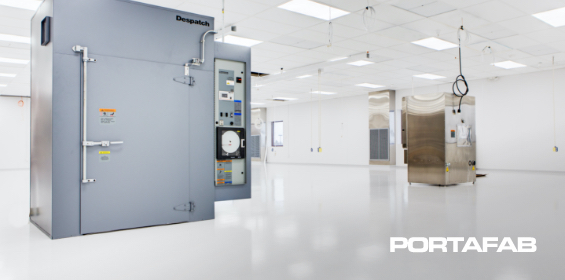
Cleanroom Classification Classes And Standards Portafab
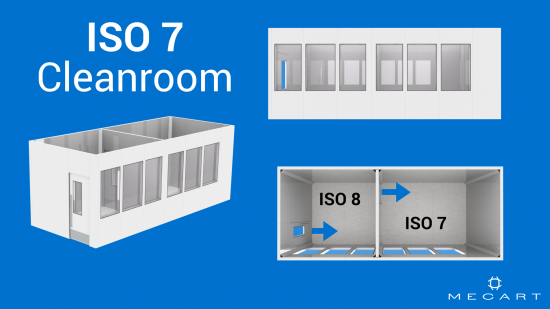
Clean Room Classifications Iso 8 Iso 7 Iso 6 Iso 5 Mecart
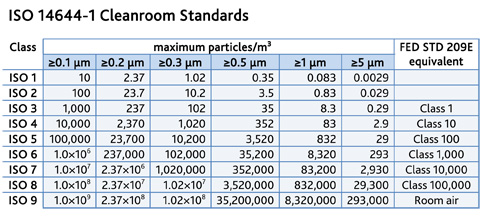
Portafab What Is A Clean Room Cleanroom Design Classification
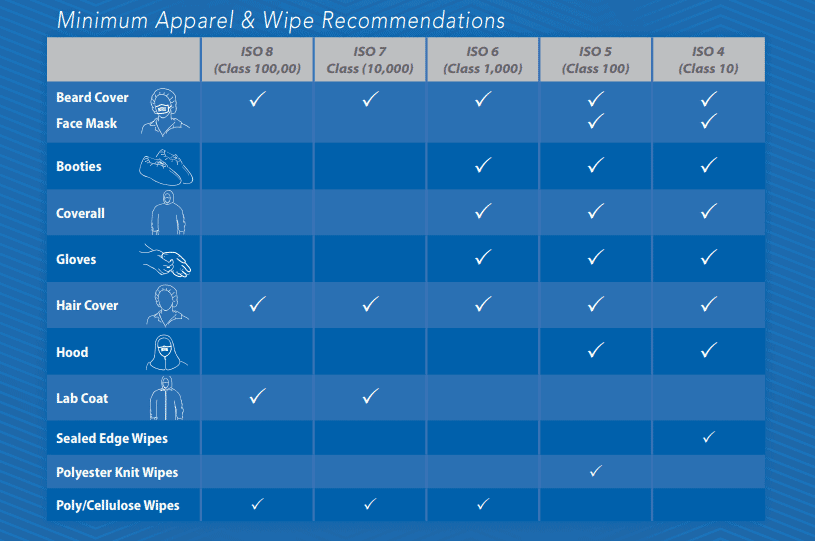
Cleanroom Clothing Requirements And Selection Guide Blue Thunder Technologies
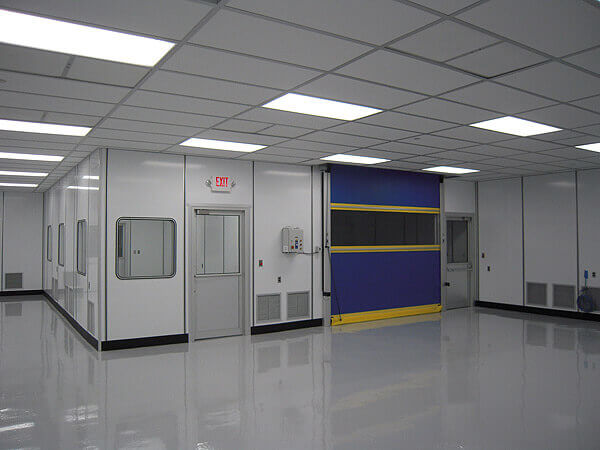
What Is A Cleanroom Cleanroom Classifications Class 1 10 100 1 000 10 000 100 000 Iso Standard 14644 Cleanroom Definition
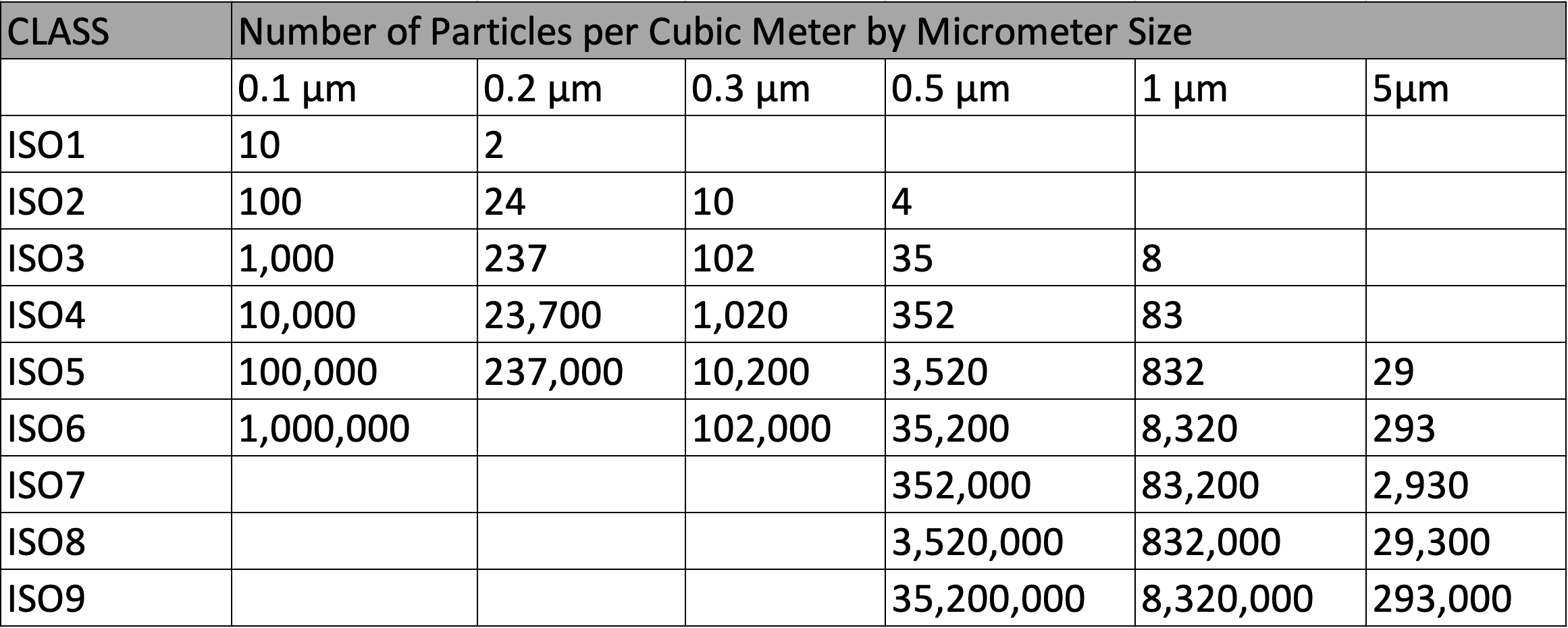
Cleanroom Classification Standards Designtek Consulting Group Llc
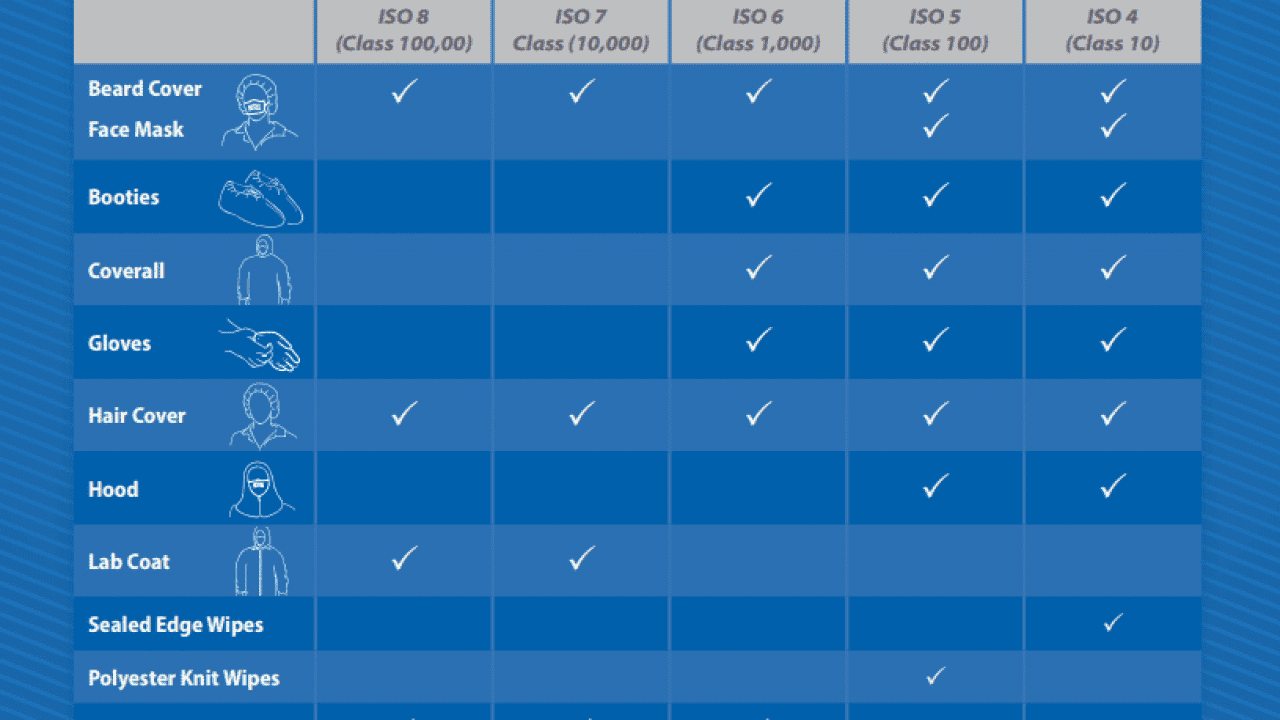
Cleanroom Clothing Requirements And Selection Guide Blue Thunder Technologies
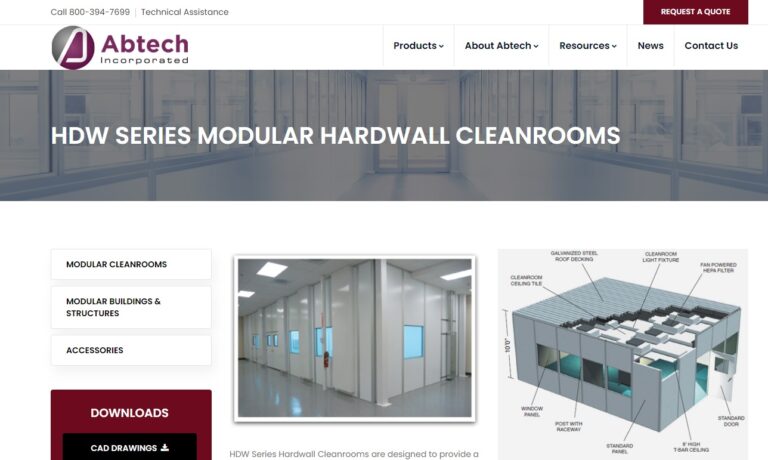
Class 100 Clean Room Manufacturers Suppliers
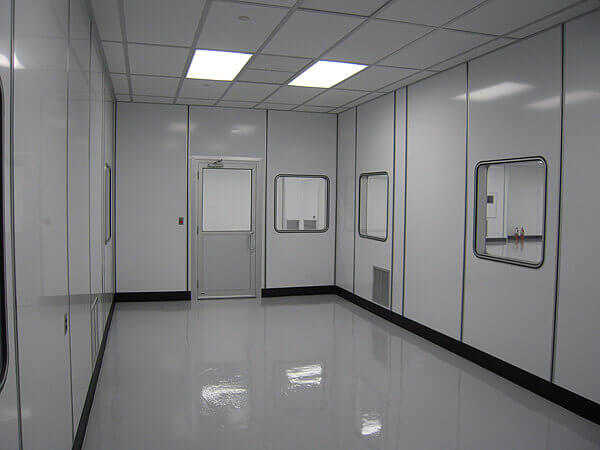
What Is A Cleanroom Cleanroom Classifications Class 1 10 100 1 000 10 000 100 000 Iso Standard 14644 Cleanroom Definition
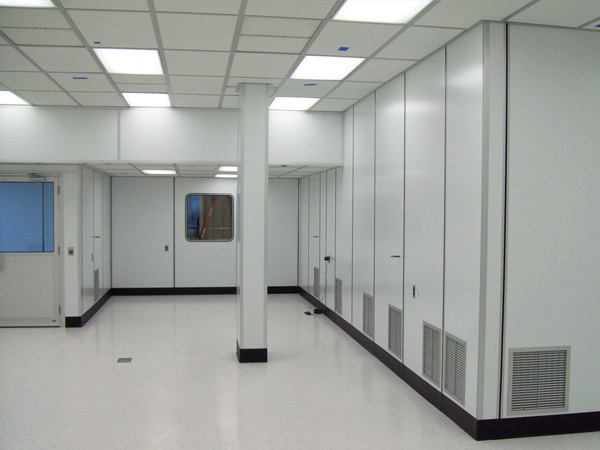
Class 100 Clean Room Manufacturers Suppliers
